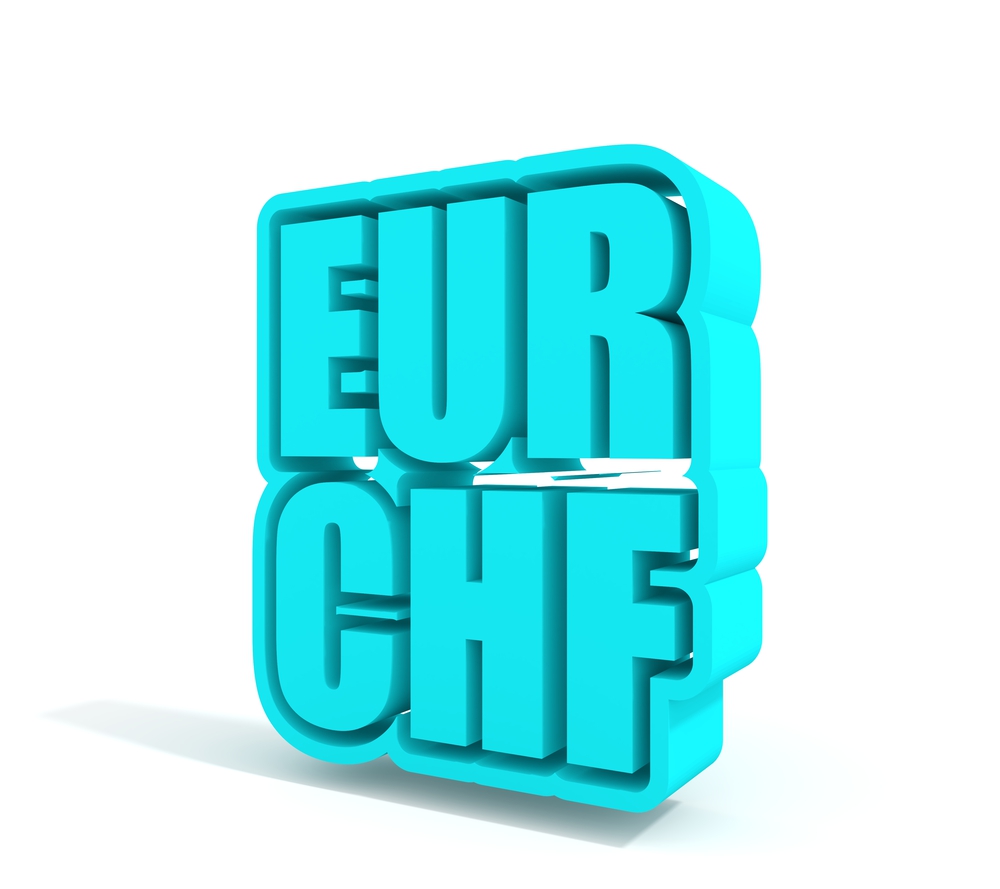

This article is only available to Macro Hive subscribers. Sign-up to receive world-class macro analysis with a daily curated newsletter, podcast, original content from award-winning researchers, cross market strategy, equity insights, trade ideas, crypto flow frameworks, academic paper summaries, explanation and analysis of market-moving events, community investor chat room, and more.
Summary
- One of the best performing G10 FX trades in 2024 has been buying dips in EUR/CHF.
- After the Swiss National Bank (SNB) surprised markets with a rate cut in March, attention now turns to next month’s SNB policy update, with Swiss inflation back at the SNB’s target.
- Markets will closely watch a speech from SNB President Thomas Jordan tomorrow (24 May) for monetary policy clues.
Market Implications
- We still like buying dips in EUR/CHF, with parity in the pair the next target.
EUR/CHF Has Met Our (Near-Term) Target
Long EUR/CHF, and adding to the position on dips, has been one of our preferred (and best-performing) trades of 2024.
When we last wrote about EUR/CHF four weeks ago (25 April), the pair was pulling back from the then-high near 0.9850 seen earlier in the month, printing as low as ~0.9565 (intraday) a few days earlier.
Back then, we argued for buying the dip in EUR/CHF and that it could make a marginal new year-to-date (YTD) high above 0.9850.
Chart 1: EUR/CHF Spot Price = Orange Line
With the pair now trading above 0.9900, we think our intermediate target of parity will come sooner rather than later.
The SNB Has Been a Big Driver of CHF Weakness
By delivering a surprise rate cut in March, the SNB has been a big catalyst for CHF weakness in 2024.
More importantly, however, as we wrote last month, has been the Swiss central bank’s approach in the FX markets to CHF.
Throughout its policy tightening cycle, which began in 2022, the SNB bought CHF to help fight inflation. By directly intervening in the FX markets, the SNB sought to reduce the impact of imported inflation.
And, of course, at the same time, the central bank was raising rates.
In recent months, the SNB has explicitly said it no longer favours buying CHF in the FX market, even though it reserves the right to intervene in the FX markets (which may also mean selling CHF).
And, in March, there was that surprise rate cut.
SNB Messaging on Inflation Is Key
Overall, the SNB’s approach to fighting inflation has worked. Swiss headline YoY CPI is now comfortably in the SNB’s 0-2% inflation target range.
Chart 2: Swiss Headline CPI (in %) YoY = Orange Line
The same is true for Swiss core YoY CPI, which is also now comfortably in the SNB’s 0-2% inflation target range.
Chart 3: Swiss Core CPI (in %) YoY = Orange Line
Most importantly, however, is the SNB messaging on inflation.
In March, SNB President Jordan said the central bank’s fight against inflation had been ‘effective,’ and that Swiss inflation was back at a level that the SNB equates with price stability.
Moreover, the SNB forecasts show inflation remaining at target for the next few years.
This gave the Swiss central bank the confidence to ease borrowing costs and to allow the CHF to weaken.
The Market Expects Additional Modest SNB Rate Cuts in 2024
The market now prices an additional 30bps to 35bps of rate cuts by the SNB this year.
For the next rate update on 20 June, the market is pricing ~17.5bps of easing, or a ~70% probability of a 25bps rate cut.
So, while a rate cut next month would not be a surprise as it was in March, it would still probably lead to additional CHF weakness, as it is still not fully priced.
Jordan’s Speech Tomorrow Could Be Interesting
Thomas Jordan speaks tomorrow (24 May) at 09:45 Swiss time.
The topic of his speech is ‘Communication, Monetary Policy and Public Impact.’
This is a broad topic and, although it does not guarantee that Jordan will address the current SNB policy outlook, it could foreshadow next month’s rate decision.
As a result, we will be monitoring the speech closely for any feed-through into EUR/CHF price action.
Richard Jones writes about FX and rates markets for Macro Hive. He has traded and invested in interest rate and FX market portfolios spanning three decades, both on the buy-side and sell-side.
